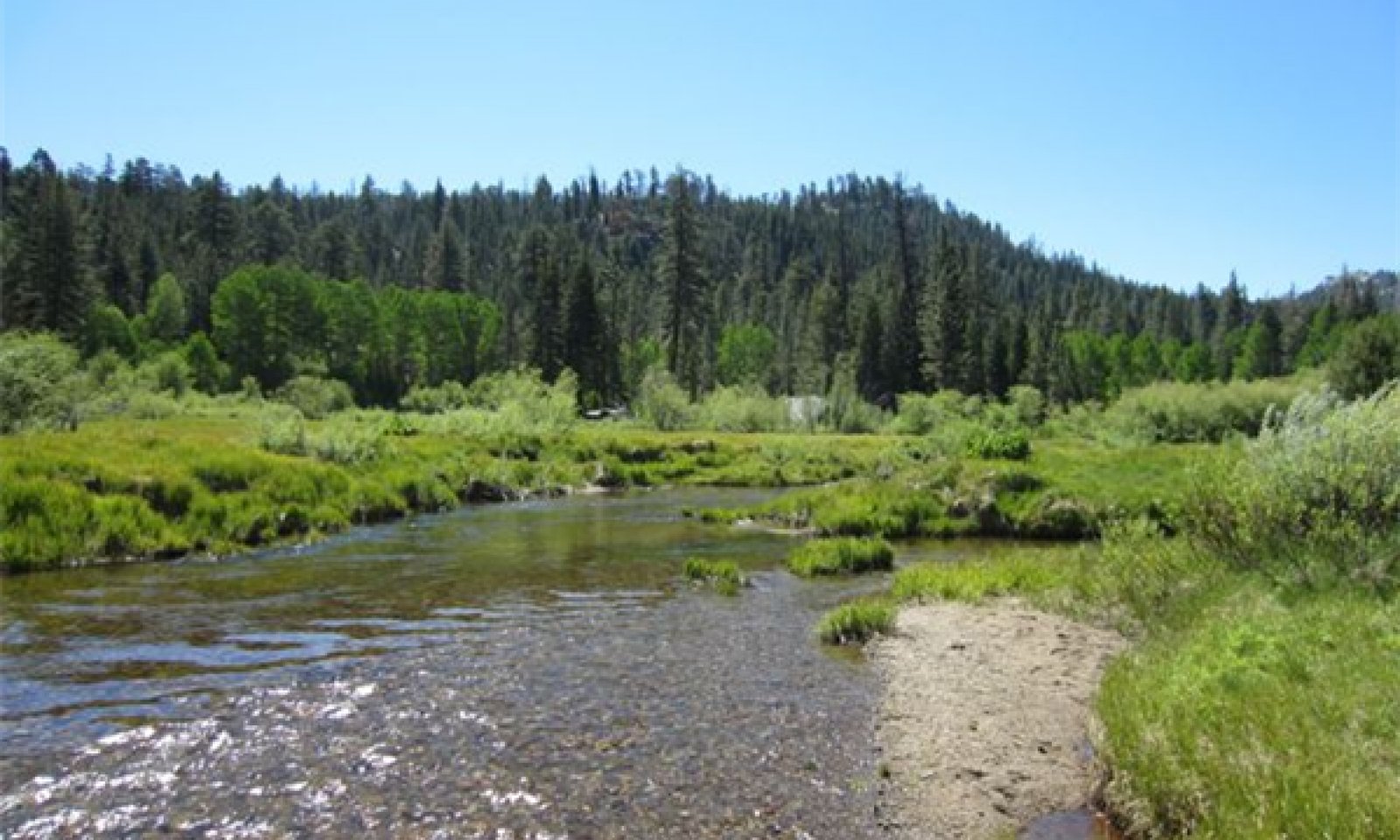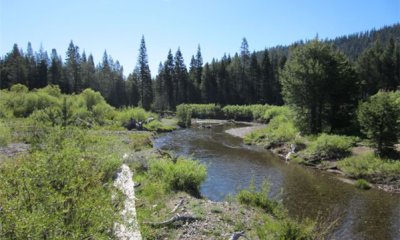
Frigid C Channel System
Scenario model
Current ecosystem state
Select a state
Management practices/drivers
Select a transition or restoration pathway
- Transition T1A More details
- Restoration pathway R2A More details
- Transition 2.1A More details
- Restoration pathway 3.1A More details
-
No transition or restoration pathway between the selected states has been described
Target ecosystem state
Select a state
Description
This state is the reference state for this ecological site. It is defined by a Rosgen C channel type.
Submodel
Description
This state is composed of unstable D, G and F type channel phases.
Submodel
Mechanism
This transition occurs when the C type channel equilibrium is disrupted. This may be triggered by the loss of channel stabilizing vegetation, either from physical trampling or hydrological alterations that cause the water table to lower and subsequently cause a decline in the stabilizing vegetation. Manipulations such as channel straightening, confining the floodplain, or improperly designed road crossings can also trigger this transition.
Mechanism
Restoration to State 1 may require channel reconstruction, creating greater meander and meander belt widths. In some cases the elevation of the channel bed may need to be raised. Upland erosion may need to be taken into account to reduce sediment supply. Restoration efforts have been completed and are ongoing in these areas, including the upper Truckee River, and Blackwood Canyon.
Mechanism
This transition occurs when the F channel has widened sufficiently to allow for a C channel type to develop with a lower re-established floodplain.
Model keys
Briefcase
Add ecological sites and Major Land Resource Areas to your briefcase by clicking on the briefcase (![]() ) icon wherever it occurs. Drag and drop items to reorder. Cookies are used to store briefcase items between browsing sessions. Because of this, the number of items that can be added to your briefcase is limited, and briefcase items added on one device and browser cannot be accessed from another device or browser. Users who do not wish to place cookies on their devices should not use the briefcase tool. Briefcase cookies serve no other purpose than described here and are deleted whenever browsing history is cleared.
) icon wherever it occurs. Drag and drop items to reorder. Cookies are used to store briefcase items between browsing sessions. Because of this, the number of items that can be added to your briefcase is limited, and briefcase items added on one device and browser cannot be accessed from another device or browser. Users who do not wish to place cookies on their devices should not use the briefcase tool. Briefcase cookies serve no other purpose than described here and are deleted whenever browsing history is cleared.
Ecological sites
Major Land Resource Areas
The Ecosystem Dynamics Interpretive Tool is an information system framework developed by the USDA-ARS Jornada Experimental Range, USDA Natural Resources Conservation Service, and New Mexico State University.











